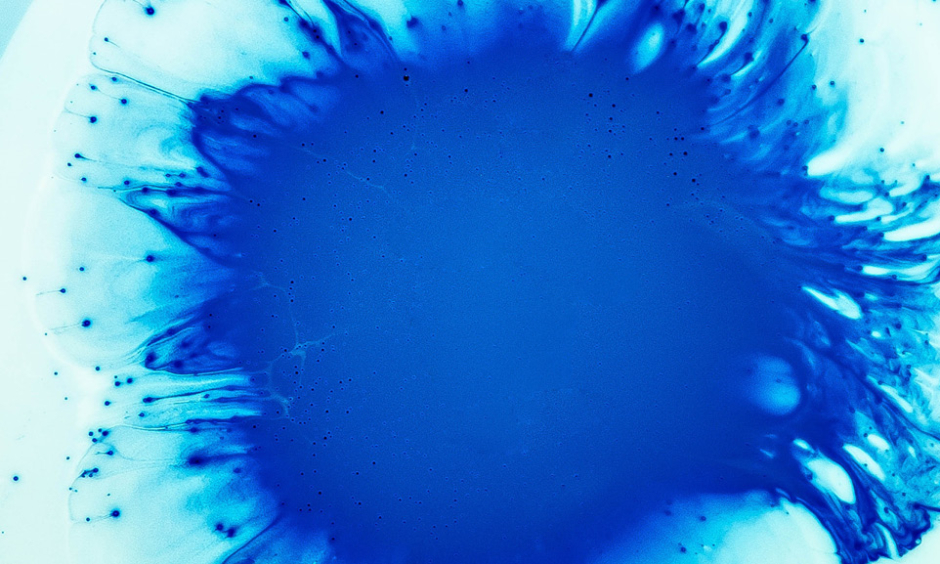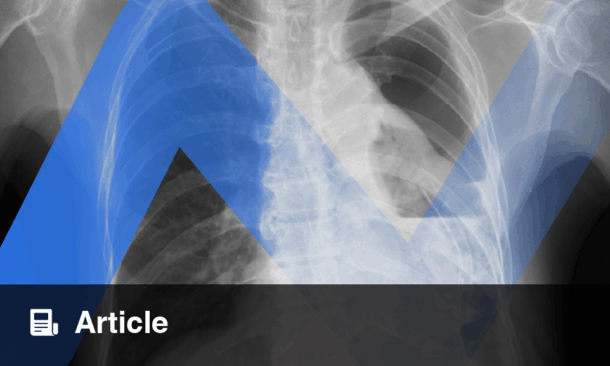A TUMOUR-HIGHLIGHTING agent has been used to aid cardiothoracic surgeons’ visualisation of lung cancer tissue. This is according to findings presented at the 56th Annual Meeting of The Society of Thoracic Surgeons and a Phase II trial carried out by Dr Inderpal Sarkaria and colleagues at the University of Pittsburgh, University of Pennsylvania, Harvard University, The Cleveland Clinic, Leiden University, and The University of Texas MD Anderson Cancer Center.
OTL38, a near-infrared dye and folic-acid receptor targeting molecule, was injected preoperatively into 92 patients who were to undergo pulmonary resection for non-small cell lung cancer. During surgery the OTL38 molecule was illuminated, which especially highlighted hard-to-detect cancerous lesions which may otherwise have evaded surgical removal. As tumour recurrence affects 30–55% of patients with non-small cell lung cancer, frequently caused by undetected clusters of cancer cells, this technology has the “potential to significantly improve the completeness and quality of the operation, therefore improving patient outcomes” says Dr Sarkaria.
Intravenous injections of OTL38 led to identification of additional cancers in seven of the patients (8%) and helped determine localisation of lesions not found in 11 patients (12%), compared to visual identification and manual touch. Additionally, microscopic residual tumour was reported in eight patients (9%), leading the researchers to calculate that OTL38 imaging improved outcomes for 26% of patients. Dr Sarkaria assessed that “localisation of tumours, identification of occult tumours, and immediate tumour margin assessment during surgery for adenocarcinomas of the lung were significantly improved with the use of this technology.”
This is the first technique specific to adenocarcinomas and can be used in real time to aid doctors during surgery, in comparison to other imaging techniques such as X-ray, MRI, and CT which are utilised preoperatively. The replacement of surgeon reliance on the naked eye or touch could lead to comprehensive removal of diseased tissue, avoid the need for additional surgery, and therefore increase patient survival.








